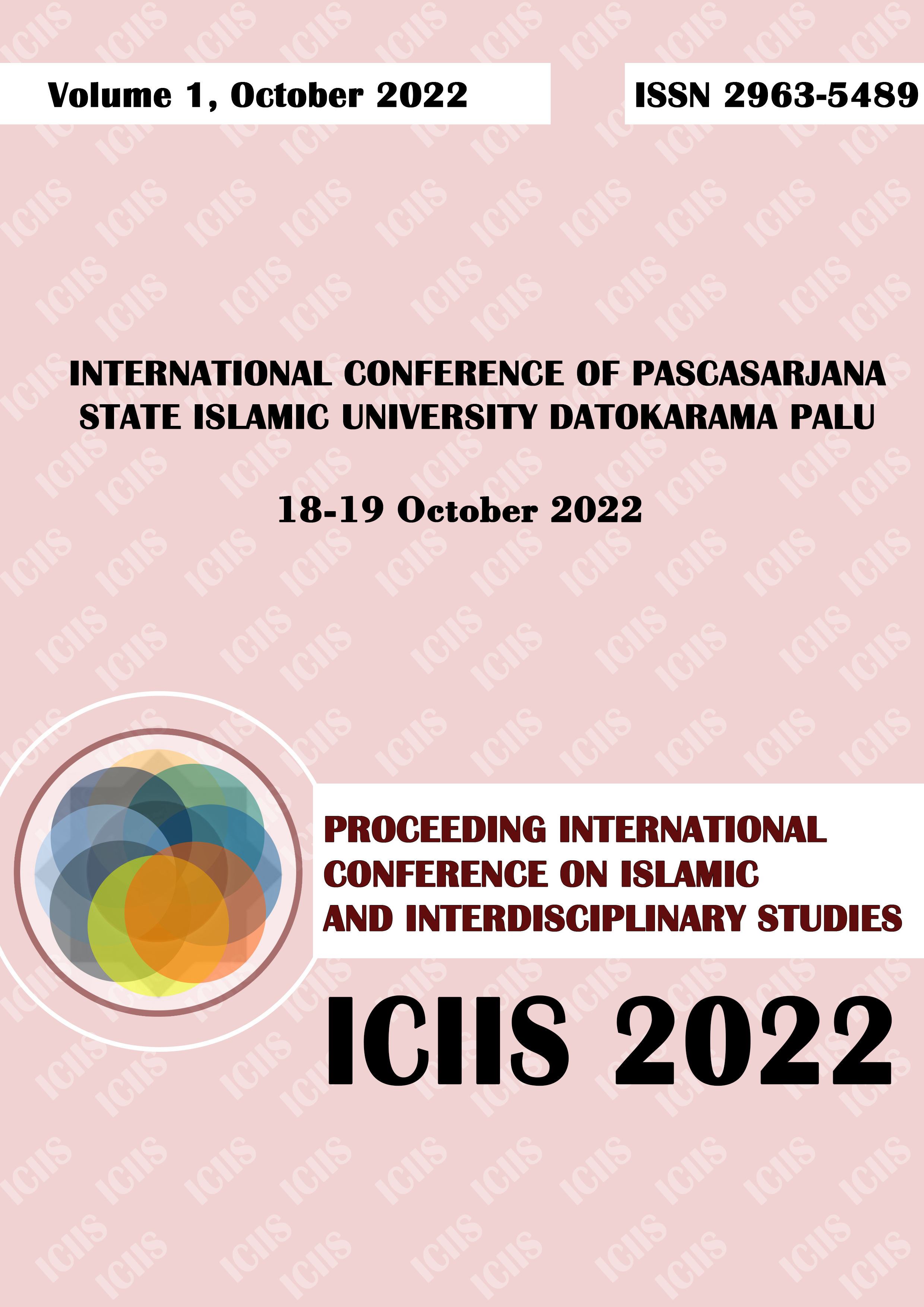Wife's Involvement in Making a Live in Islamic Law
Abstract
This article discusses the Involvement of Wives Making a living in Islamic Law, the subject of this article is about the problems that arise due to the phenomenon of the wife participating in making a living, this is considered to have deviated from Islamic law where a wife has the responsibility of taking care of the house. in terms of taking care of children and serving her husband well, and absolutely making a living is the responsibility of a husband. The purpose of writing this article is to find out the context of the livelihood itself and how Islamic law accompanies and regulates the phenomena that have been seen in the current era. The author uses a qualitative research approach with library research data collection techniques , the author takes data from books, scientific journals, literatures and other publications that are worthy of being used as sources for this research. The qualitative research that the author uses is research that produces information in the form of notes and descriptive data contained in the text under study. The results of the research that the authors describe in this article state that in general providing a living to the family is the husband's obligation, where the husband is the head of the household who has the responsibility to meet all the economic needs of his family. Meanwhile, the wife has the responsibility to take care of the household which includes taking care of her children and serving her husband. From the problems that have experienced the development of the role of breadwinners, a social role under certain conditions can be done together husband and wife. Thus, husband and wife must be aware of the state of their household, not injure the marital commitments that are fostered together. The wife's involvement in earning a living can be allowed under the conditions given by Islamic law.
Copyright (c) 2022 Proceeding of International Conference on Islamic and Interdisciplinary Studies

This work is licensed under a Creative Commons Attribution-NonCommercial-NoDerivatives 4.0 International License.


